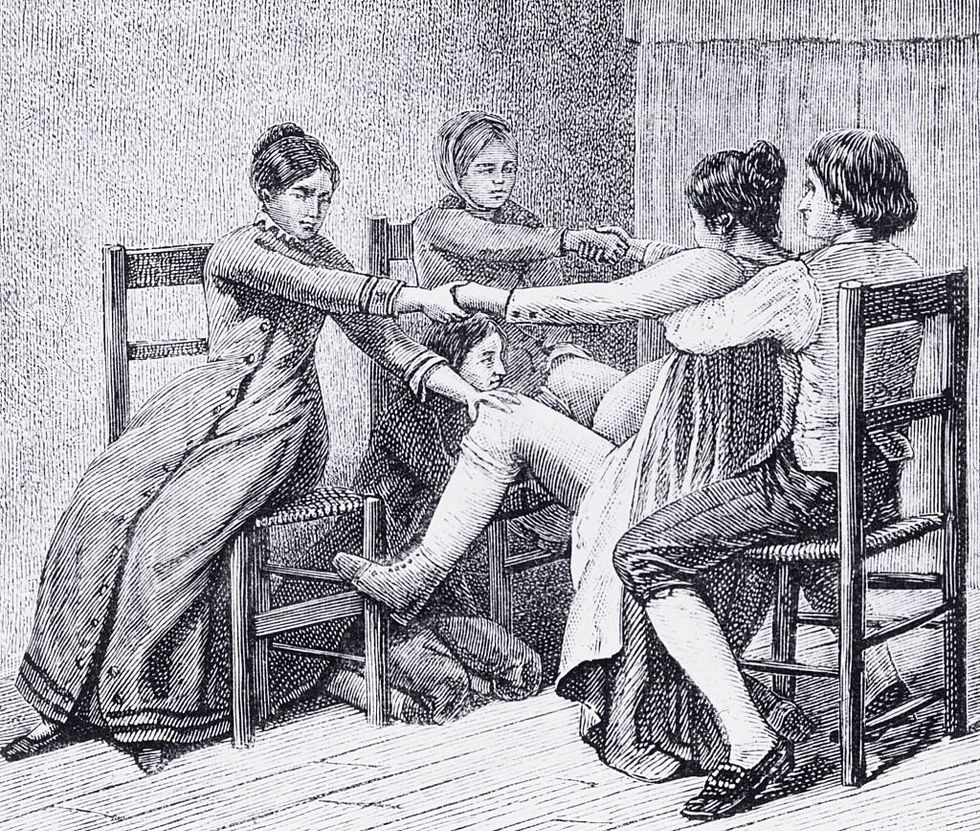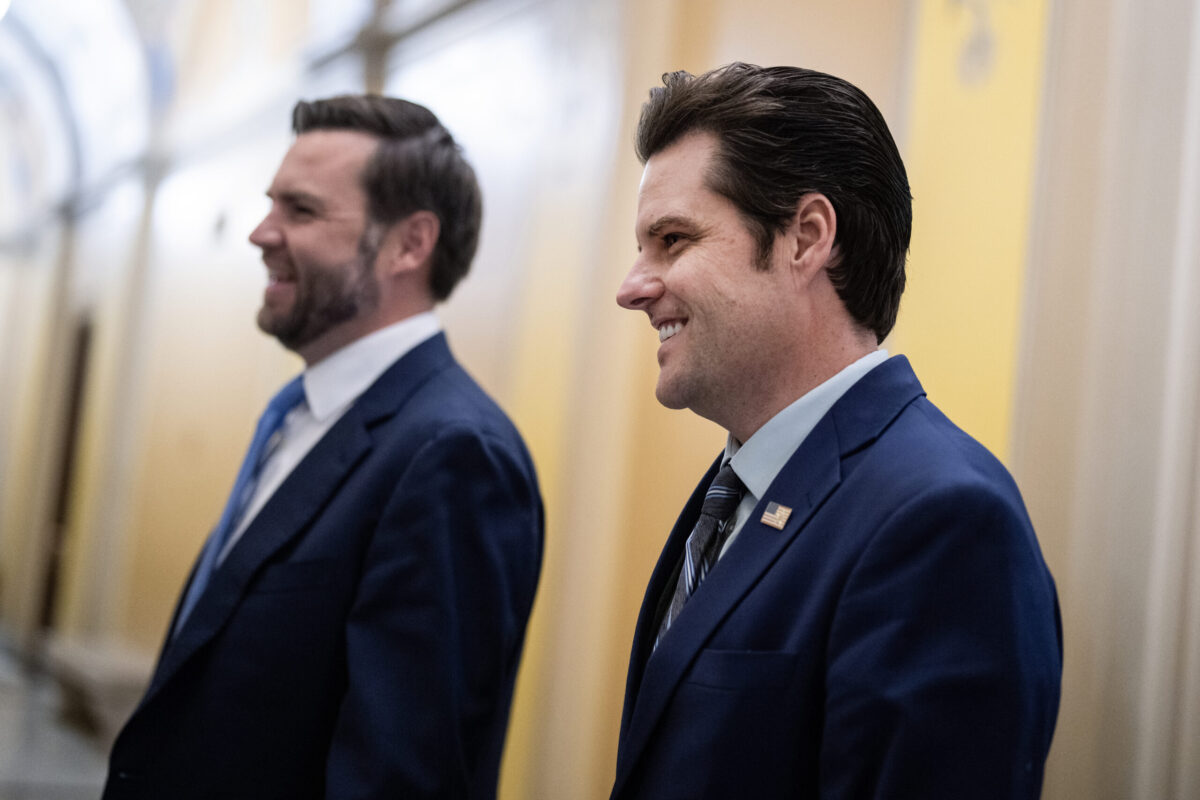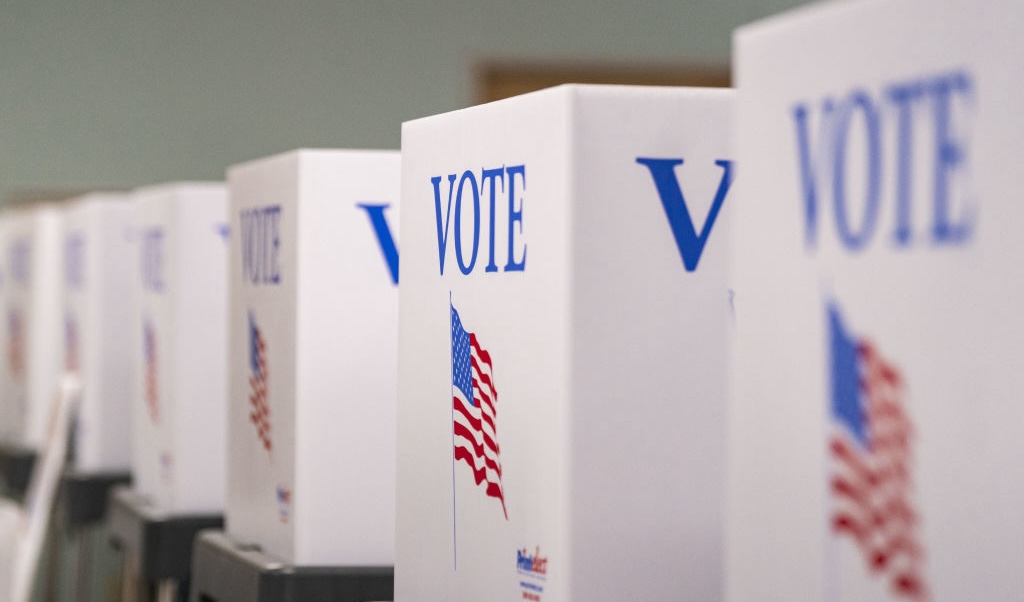Deliver us from the 'natural birth' fallacy
What is the opposite of “natural?” The obvious answer is “artificial.” The obvious answer is not the correct one. I worry that the rhetoric around 'natural birth' has gone too far by neglecting the question of prudence, the possibility of good doctors, and the reality of the dangers of childbirth. “Artificial” come from the Latin artificialis/artificium: "handicraft." It is defined by that which is made or produced by human beings. “Art,” as expression through a medium, shares the same etymology. Art and nature I recently attended a lecture by Oxford philosopher Dr. Jan Bentz entitled “Objective Beauty in a Subjective World: Introduction to the Philosophical Question of Beauty.” Bentz began with the same question but argued in favor of the classical worldview — held by Plato, Aristotle, and later Aquinas — that art, properly understood, is a continuation of nature, rather than its opposition. Nature, to the ancients, was not the wilderness per se, but God’s imagination: logos. So, Dr. Bentz argues, the opposite of nature is in fact the opposite of logos: It is chaos. Good art, he went on to say, corresponds to nature by reflecting its material and spiritual reality. Beautiful art must have three components: integritas (wholeness), consonantia (proportion), and claritas (clarity). By these standards, we can judge beauty. Good art is not capricious or random in its execution, as we so often see in modern art galleries. Truly good artists must be trained (brought out of chaos through order) to imitate nature through their chosen media. Furthermore, good artists are made better by interdisciplinary study. The art forms, in the classical worldview, are not discrete mechanisms of autonomous expression but varied modes with a unified purpose: discovering and articulating truth. Just prior to the lecture, I’d been chatting with my girlfriends about one conflict in the ongoing mommy wars: “natural” birth versus medically assisted birth, which is coded in the discourse as “unnatural” or artificial. A dear friend has just been through a very difficult experience: an early cesarean section after placenta previa followed by several days in the NICU with her little warrior. False dichotomy It struck me during the lecture that perhaps the home-birth vs. hospital debate is mired in the same false dichotomy as the modern art world, which emphasizes non-relational autonomy and prioritizes ideas over technique. Many home-birth advocates imagine that any form of medical intervention necessarily disrupts the “natural” process of birth, which requires only instinct to facilitate. But if we consider medicine as an art form, as it was for Hippocrates, then the practice itself is not “unnatural” but rather a continuation of nature, as evidenced by the original Hippocratic oath. I swear by Apollo the physician, and Aesculapius the surgeon, likewise Hygeia and Panacea, and call all the gods and goddesses to witness, that I will observe and keep this underwritten oath, to the utmost of my power and judgment. I will reverence my master who taught me the art. Equally with my parents, will I allow him things necessary for his support, and will consider his sons as brothers. I will teach them my art without reward or agreement; and I will impart all my acquirement, instructions, and whatever I know, to my master’s children, as to my own; and likewise to all my pupils, who shall bind and tie themselves by a professional oath, but to none else. With regard to healing the sick, I will devise and order for them the best diet, according to my judgment and means; and I will take care that they suffer no hurt or damage. Nor shall any man’s entreaty prevail upon me to administer poison to anyone; neither will I counsel any man to do so. Moreover, I will give no sort of medicine to any pregnant woman, with a view to destroy the child. Further, I will comport myself and use my knowledge in a godly manner. I will not cut for the stone, but will commit that affair entirely to the surgeons. Whatsoever house I may enter, my visit shall be for the convenience and advantage of the patient; and I will willingly refrain from doing any injury or wrong from falsehood, and (in an especial manner) from acts of an amorous nature, whatever may be the rank of those who it may be my duty to cure, whether mistress or servant, bond or free. Whatever, in the course of my practice, I may see or hear (even when not invited), whatever I may happen to obtain knowledge of, if it be not proper to repeat it, I will keep sacred and secret within my own breast. If I faithfully observe this oath, may I thrive and prosper in my fortune and profession, and live in the estimation of posterity; or on breach thereof, may the reverse be my fate! If medicine is so practiced, with reverence for the body and nature, and the determination to restore it to wholeness in proportion to whatever condition it presents with clarity, then it is indeed the art


What is the opposite of “natural?”
The obvious answer is “artificial.” The obvious answer is not the correct one.
I worry that the rhetoric around 'natural birth' has gone too far by neglecting the question of prudence, the possibility of good doctors, and the reality of the dangers of childbirth.
“Artificial” come from the Latin artificialis/artificium: "handicraft." It is defined by that which is made or produced by human beings. “Art,” as expression through a medium, shares the same etymology.
Art and nature
I recently attended a lecture by Oxford philosopher Dr. Jan Bentz entitled “Objective Beauty in a Subjective World: Introduction to the Philosophical Question of Beauty.” Bentz began with the same question but argued in favor of the classical worldview — held by Plato, Aristotle, and later Aquinas — that art, properly understood, is a continuation of nature, rather than its opposition. Nature, to the ancients, was not the wilderness per se, but God’s imagination: logos. So, Dr. Bentz argues, the opposite of nature is in fact the opposite of logos: It is chaos.
Good art, he went on to say, corresponds to nature by reflecting its material and spiritual reality. Beautiful art must have three components: integritas (wholeness), consonantia (proportion), and claritas (clarity). By these standards, we can judge beauty.
Good art is not capricious or random in its execution, as we so often see in modern art galleries. Truly good artists must be trained (brought out of chaos through order) to imitate nature through their chosen media. Furthermore, good artists are made better by interdisciplinary study. The art forms, in the classical worldview, are not discrete mechanisms of autonomous expression but varied modes with a unified purpose: discovering and articulating truth.
Just prior to the lecture, I’d been chatting with my girlfriends about one conflict in the ongoing mommy wars: “natural” birth versus medically assisted birth, which is coded in the discourse as “unnatural” or artificial. A dear friend has just been through a very difficult experience: an early cesarean section after placenta previa followed by several days in the NICU with her little warrior.
False dichotomy
It struck me during the lecture that perhaps the home-birth vs. hospital debate is mired in the same false dichotomy as the modern art world, which emphasizes non-relational autonomy and prioritizes ideas over technique.
Many home-birth advocates imagine that any form of medical intervention necessarily disrupts the “natural” process of birth, which requires only instinct to facilitate.
But if we consider medicine as an art form, as it was for Hippocrates, then the practice itself is not “unnatural” but rather a continuation of nature, as evidenced by the original Hippocratic oath.
I swear by Apollo the physician, and Aesculapius the surgeon, likewise Hygeia and Panacea, and call all the gods and goddesses to witness, that I will observe and keep this underwritten oath, to the utmost of my power and judgment.
I will reverence my master who taught me the art. Equally with my parents, will I allow him things necessary for his support, and will consider his sons as brothers. I will teach them my art without reward or agreement; and I will impart all my acquirement, instructions, and whatever I know, to my master’s children, as to my own; and likewise to all my pupils, who shall bind and tie themselves by a professional oath, but to none else.
With regard to healing the sick, I will devise and order for them the best diet, according to my judgment and means; and I will take care that they suffer no hurt or damage. Nor shall any man’s entreaty prevail upon me to administer poison to anyone; neither will I counsel any man to do so. Moreover, I will give no sort of medicine to any pregnant woman, with a view to destroy the child. Further, I will comport myself and use my knowledge in a godly manner.
I will not cut for the stone, but will commit that affair entirely to the surgeons.
Whatsoever house I may enter, my visit shall be for the convenience and advantage of the patient; and I will willingly refrain from doing any injury or wrong from falsehood, and (in an especial manner) from acts of an amorous nature, whatever may be the rank of those who it may be my duty to cure, whether mistress or servant, bond or free.
Whatever, in the course of my practice, I may see or hear (even when not invited), whatever I may happen to obtain knowledge of, if it be not proper to repeat it, I will keep sacred and secret within my own breast. If I faithfully observe this oath, may I thrive and prosper in my fortune and profession, and live in the estimation of posterity; or on breach thereof, may the reverse be my fate!
If medicine is so practiced, with reverence for the body and nature, and the determination to restore it to wholeness in proportion to whatever condition it presents with clarity, then it is indeed the art of medicine and is not only not unnatural, but a beautiful cooperation with nature. The act of helping other people is arguably the most natural part of the human experience, in the sense that God created us for one another, to live in harmony and cooperate with His will in community.
Something less than art
Growing skepticism toward the medical community, however, has been earned. I gave birth to all my children at home with an excellent team of midwives. I began my journey as a home-birth mom during 2020, when nurses, doctors, and hospital administrators were behaving in such a way as to inspire distrust, peddling falsehoods about the COVID vaccines, making care inaccessible and inconvenient, and violating HIPAA as a matter of course.
In obstetrics specifically, the cause for mistrust goes back farther. The standardization of abortion — the willful destruction of human life — made the art of medicine something less than art, because such an act fundamentally violates nature. The “cascade of interventions,” as well as the administration of medications with financial gain in mind, is also frequently cited by home-birth or free-birth advocates as a reason they avoid hospitals. Many of us know women who have had terrible outcomes because of medical abuse or neglect. This represents, in many cases, a failure to respond proportionally to the patient and an essentially hubristic approach that too frequently results in more damage than necessary.
A good doctor is hard to find. Still, I worry that the rhetoric around “natural birth” has gone too far by neglecting the question of prudence, the possibility of good doctors, and the reality of the dangers of childbirth. The hubristic, radical autonomy implicit to the exponents of the “free birth” movement is not a proper “return to nature,” as they have branded themselves, but a fetishization of chaos made plausible by the betrayals of modern medicine. Ironically, this is a true betrayal of nature, despite the crunchy exterior.
Perhaps the conflict is necessary to bring to light the shortcomings of both sides and to help women make prudential decisions about where to give birth. I fear that the highly politicized battles, one-upsmanship, and snide condescension on both sides may encourage the opposite. Either way, I think the question of art adds a new dimension to the discussion that might help.
Originally Published at Daily Wire, World Net Daily, or The Blaze
What's Your Reaction?































































































